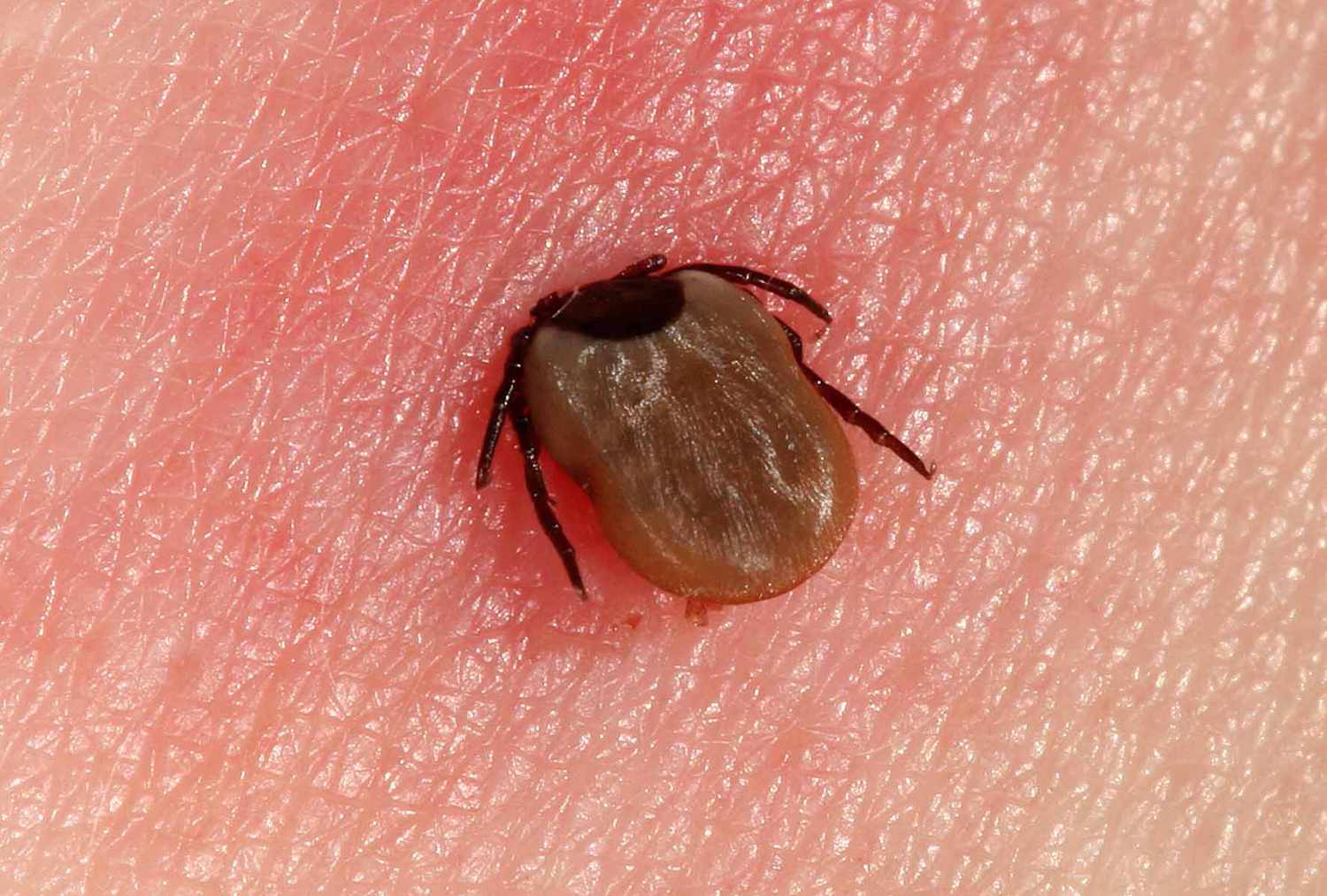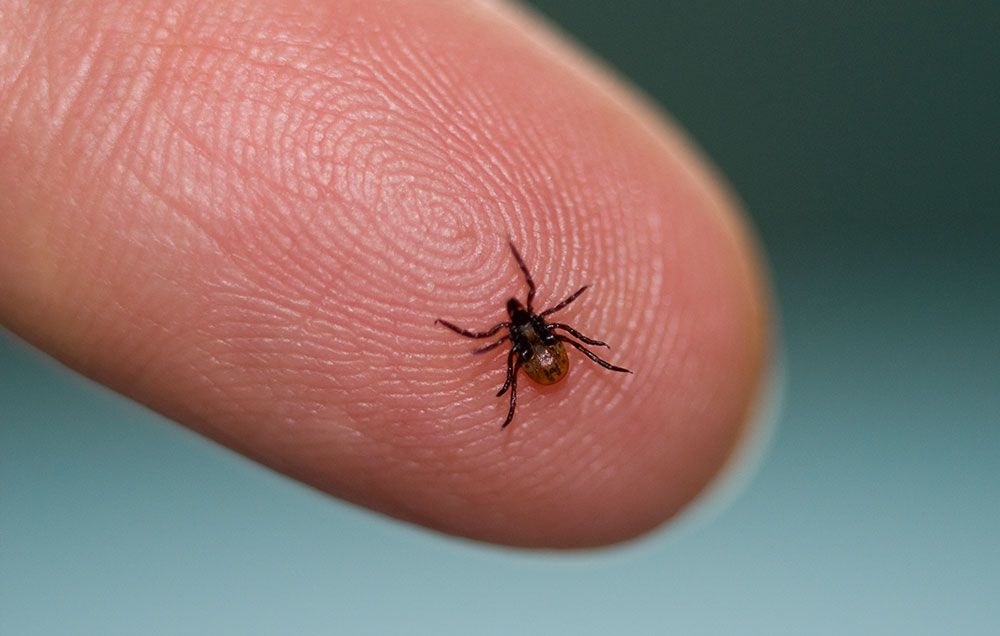Genetic variation in Lyme disease bacteria: Scientists studied how the bacteria that cause Lyme disease are different from each other at a genetic level. Lyme disease is a common sickness in the United States, and it’s usually spread by ticks. Every year, about 476,000 people in the U.S. get sick with this disease. The main germ that causes Lyme disease is called Borrelia burgdorferi (Bb), and it can infect lots of different animals, like mammals and birds.
Matthew Combs and his friends looked closely at the genes of Bb to see how they vary. They focused on a specific gene in the germ called “ospC,” which helps the germ survive inside ticks and when it first infects animals. They wrote about their findings in a scientific journal called PNAS Nexus.
Scientists studied a special gene in various organisms. They looked at this gene in bacteria from mice, birds, and ticks. They caught these animals, marked them, and let them go again. They did this on an island over several years.
Also read- How are you vs How are you doing? What’s the difference?
Also read- How to get pink lips naturally at home instantly
Many different forms of the genes are found

The researchers discovered many different forms of the gene, but the most common ones didn’t change over time. This was unexpected because usually, if some forms are more common, they become less common over time. Instead, the different forms of the gene were linked to the type of animal they came from.
This suggests that the gene changes based on the animal it’s in, and this change is related to their immune systems. Scientists think that different types of germs might be better at surviving in certain animals. They did a study with mice and found that the types of germs that were used to mice were more likely to stick around than other types.
This shows that germs change to fit in with the animals they live in. The researchers believe that we need to think more carefully about how well an animal can carry a germ, taking into account the different types of germs that exist.

2 thoughts on “Genetic variation in Lyme disease bacteria: A study found that Lyme disease bacteria change over time to survive better”